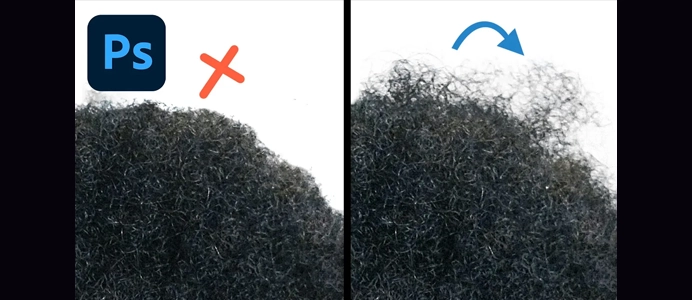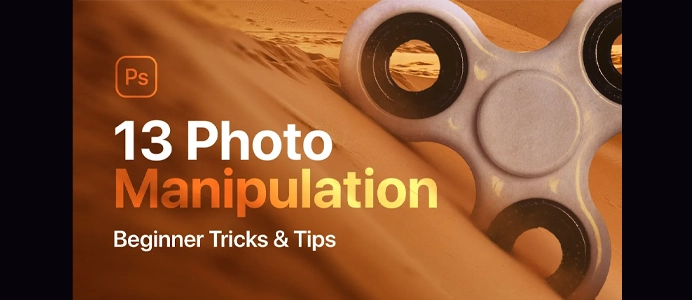Master Layers in Photoshop for Beginners
Mastering layers in Photoshop is crucial for efficient and flexible editing. Layers allow you to separate and organize elements in your composition, making it easier to edit and manipulate individual parts of an image. Here’s a comprehensive guide on mastering layers in Photoshop:
1. Understanding the Layers Panel:
- Open the Layers panel (Window > Layers) to view and manage your layers. Understand the visibility, opacity, and blending modes associated with each layer.
2. Create a New Layer:
- Click on the “New Layer” icon at the bottom of the Layers panel to create a new layer. Adjust the layer’s name and properties.
3. Layer Types:
- Photoshop supports various layer types, including text layers, adjustment layers, and shape layers. Familiarize yourself with each type.
4. Layer Visibility and Opacity:
- Toggle the visibility of a layer on/off by clicking the eye icon. Adjust the opacity slider to control the transparency of a layer.
5. Layer Masks:
- Use layer masks to selectively hide or reveal parts of a layer. Paint with black to hide and white to reveal. Create masks using the “Add Layer Mask” button at the bottom of the Layers panel.
6. Grouping Layers:
- Organize your layers by grouping them together. Select multiple layers, right-click, and choose “Group from Layers” to create a folder.
7. Smart Objects:
- Convert layers to Smart Objects for non-destructive editing. Right-click on a layer and choose “Convert to Smart Object.”
8. Blending Modes:
- Experiment with blending modes to control how layers interact with each other. This is particularly useful for combining textures and adjusting colors.
9. Linking Layers:
- Link layers together to move or transform them simultaneously. Select layers, right-click, and choose “Link Layers.”
10. Layer Styles:
- Apply layer styles (e.g., Drop Shadow, Inner Glow) to add effects directly to layers. Access them at the bottom of the Layers panel.
11. Adjustment Layers:
- Use adjustment layers for non-destructive changes to color, brightness, and more. Access them through the “Layer > New Adjustment Layer” menu.
12. Rasterizing Layers:
- Rasterize a layer to convert it into pixels. Right-click on a layer and choose “Rasterize Layer.”
13. Locking Layers:
- Lock layers to prevent accidental edits. Click the lock icon on the Layers panel.
14. Layer Opacity Shortcut:
- Adjust the opacity of a selected layer quickly by pressing the number keys (e.g., 1 for 10%, 2 for 20%, etc.).
15. Layer Styles Shortcut:
- Apply layer styles quickly by double-clicking on a layer in the Layers panel and choosing a style.
16. Layer Effects and Filters:
- Explore layer effects and filters to apply creative enhancements or corrections. Access filters under the “Filter” menu.
17. Layer Search:
- Use the search bar at the bottom of the Layers panel to find specific layers in complex projects.
18. Layer Comps (Optional):
- For more complex projects, explore Layer Comps to create and switch between different layer visibility states.
19. Exporting Layers:
- Export individual layers or layer groups by right-clicking and choosing “Export As” or “Quick Export as PNG” under the “File” menu.
20. Keyboard Shortcuts:
- Learn and use keyboard shortcuts for common layer actions. For example, Ctrl+J (Windows) or Command+J (Mac) to duplicate a layer.
By mastering these layer techniques in Photoshop, you’ll gain greater control and efficiency in your editing workflow, whether you’re working on simple adjustments or complex compositions. Practice and experimentation will deepen your understanding of how layers function and how to use them creatively.












